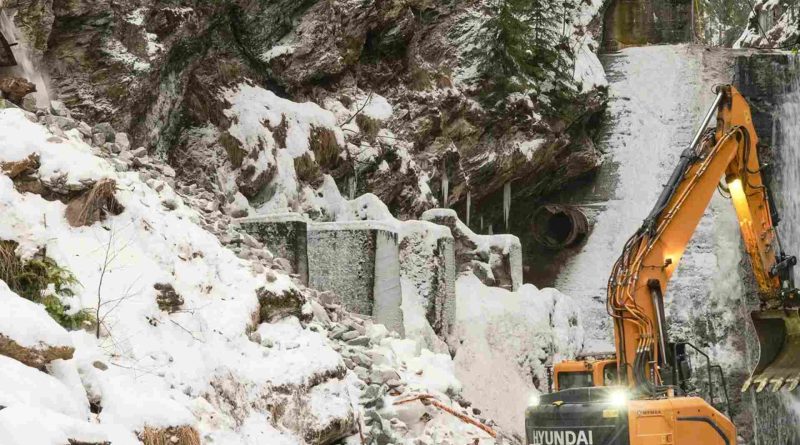Reviving Rivers: Norway’s Bold Step Towards Environmental Restoration
In a monumental move for river conservation, Norway has demolished a hydro dam to revive the health of the waterway and bolster fish populations. Spearheaded by the local angling club, the initiative aimed to restore the natural flow of the Tromsa River, marking a significant stride in Europe’s endeavor to liberate its rivers.
The explosive demolition of the century-old dam, situated in Fåvang, Innlandet, unleashed a new era for migratory fish species. Tore Solbakken, representing the Gudbrandsdal Sportsfiskeforening, expressed jubilation at the culmination of the five-year campaign. He emphasized the overarching goal of nurturing robust river ecosystems and replenishing dwindling fish populations.
Constructed in 1916, the obsolete dam obstructed the Tromsa’s course for decades, hindering the passage of various fish species, including grayling, burbot, Alpine bullhead, and common minnows. With its removal, experts anticipate a resurgence in the habitat, particularly benefiting the lake-dwelling trout, renowned for their substantial size and downstream foraging habits.
Inspired by the documentary “DamNation,” Solbakken underscored the importance of dismantling defunct barriers to safeguard aquatic habitats. He highlighted the detrimental impact of such obstacles on fish migration and emphasized the need for comprehensive river management strategies.
The demolition of the Tromsa dam aligns with a broader European movement to dismantle redundant infrastructure obstructing waterways. Backed by initiatives like the Open Rivers Programme and the European Commission’s directives, efforts are underway to reclaim thousands of kilometers of rivers by 2030.
Herman Wanningen, founder of the World Fish Migration Foundation, elucidated the multifaceted benefits of free-flowing rivers, stressing their pivotal role in sustaining biodiversity and supporting agricultural productivity. However, he cautioned against the pervasive threat posed by millions of instream barriers, contributing to a drastic decline in freshwater fish populations.
The Norwegian endeavor, albeit uncommon in a hydropower-driven nation, reflects a paradigm shift towards prioritizing environmental conservation over outdated infrastructure. Solbakken’s grassroots campaign, supported by governmental funding, epitomizes community-driven conservation efforts aimed at restoring natural ecosystems.
With meticulous planning and controlled detonation, the dam was successfully breached, heralding the beginning of extensive restoration work along the river’s course. Fish biologist Ulrich Pulg outlined plans for creating a nature-like cascade to facilitate fish migration, ensuring the river’s vitality for generations to come.
As similar initiatives gain traction across Europe, the dismantling of obsolete dams symbolizes a collective commitment to nurturing and preserving the lifelines of our planet. Wanningen aptly describes rivers as the Earth’s veins, underscoring the imperative of their stewardship for the well-being of ecosystems and communities alike.

